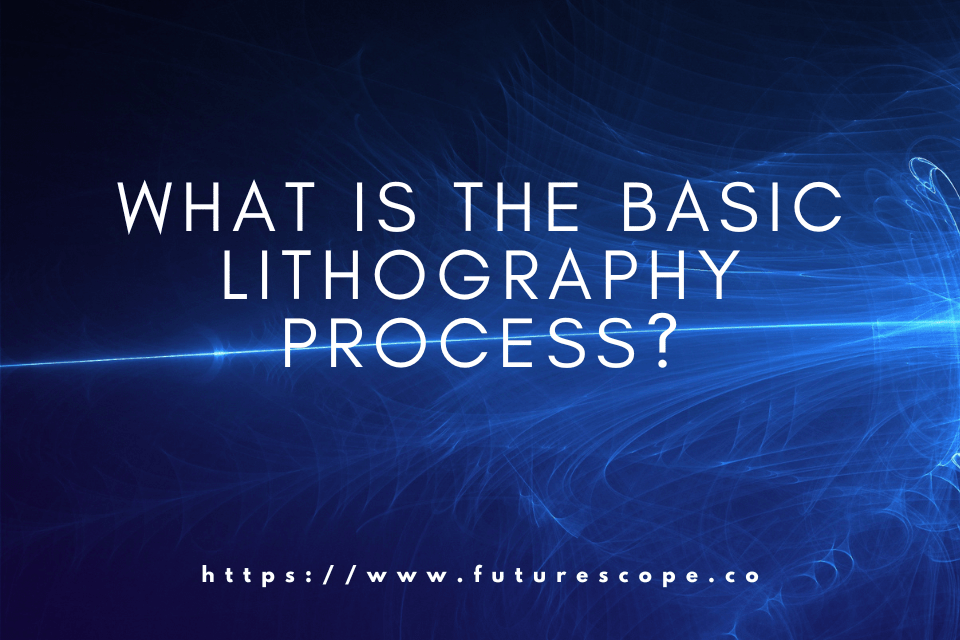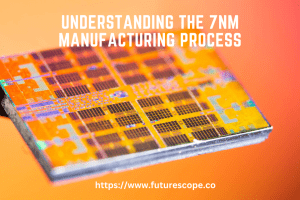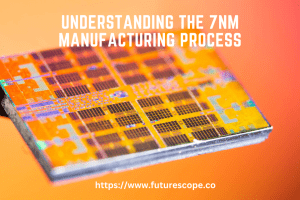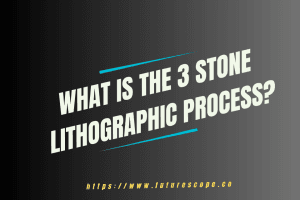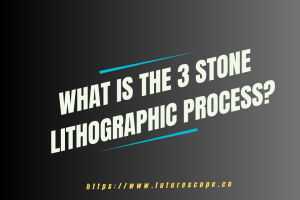What We Have Covered in This Article
Last Updated on April 9, 2023 by Editor Futurescope
Lithography is a printmaking process that dates back to the late 1700s. It is a planographic method of printing that is based on the principle that oil and water do not mix. The process involves drawing a design onto a flat stone or metal plate with a greasy substance, and then applying ink to the surface. The ink adheres only to the greasy areas of the plate, which are then transferred onto paper to create the final print.
The basic lithography process involves several steps. First, the artist or designer creates a drawing on a flat stone or metal plate using a greasy substance such as a lithographic crayon or ink. The plate is then treated with a chemical solution that fixes the drawing onto the surface. Next, the plate is dampened with water, which is absorbed by the non-greasy areas of the plate. Ink is then applied to the surface of the plate, and it adheres only to the greasy areas. The plate is then pressed onto paper, transferring the inked design onto the paper.
The lithography process has evolved over time, with new techniques and materials being developed to improve the quality and efficiency of the process. Today, lithography is used in a variety of applications, from fine art printmaking to commercial printing and even in the production of computer chips. Understanding the basic principles of lithography is essential for anyone interested in the art and science of printmaking.
History of Lithography
Lithography is a printing technique that was invented in 1796 by Alois Senefelder, a German actor and playwright. Senefelder was looking for a cheaper way to print his plays and musical compositions, and he discovered that he could use a flat stone or metal plate to transfer ink onto paper. This process became known as lithography, which comes from the Greek words lithos (stone) and graphein (to write).
Initially, lithography was used primarily for commercial printing, such as posters, maps, and newspapers. However, with the advent of color lithography in the mid-19th century, lithography became a popular medium for artists as well. Famous artists such as Henri de Toulouse-Lautrec, Alphonse Mucha, and Edvard Munch all used lithography to create their works.
Over the years, lithography has continued to evolve and improve. In the 20th century, new techniques such as offset lithography and photolithography were developed, which made lithography even more versatile and efficient. Today, lithography is still widely used for both commercial and artistic purposes, and it remains an important printing technique.
Types of Lithography
There are several types of lithography used in various industries. Here are some of the most common types:
- Photolithography: This is the most common type of lithography used in the semiconductor industry. It involves transferring a pattern from a photomask to a substrate using light and chemicals.
- Electron Beam Lithography: This type of lithography uses a focused beam of electrons to create patterns on a substrate. It is commonly used in the production of microprocessors and other advanced electronics.
- X-ray Lithography: This type of lithography uses X-rays to transfer a pattern onto a substrate. It is commonly used in the production of high-density memory chips.
- Soft Lithography: This type of lithography uses soft materials such as silicone rubber to create patterns on a substrate. It is commonly used in the production of microfluidic devices and other biomedical applications.
Each type of lithography has its own advantages and disadvantages, and the choice of lithography technique depends on the specific application and requirements of the project.
The Basic Lithography Process
At its core, lithography is a printing process that uses the principle of oil and water repulsion to create an image. The basic lithography process involves the following steps:
- Preparation of the Plate: The lithographic plate is typically made of a flat, smooth surface, such as a polished slab of limestone, zinc or aluminum. The plate is first cleaned and then coated with a photosensitive emulsion or a thin layer of gum arabic.
- Exposure: A photographic negative or positive is placed on the plate, and the plate is exposed to light. The areas of the plate that are exposed become hardened, while the unexposed areas remain soft.
- Development: The plate is then washed with a solvent that removes the unexposed areas of the emulsion or gum arabic, leaving only the hardened areas behind.
- Inking: The plate is then inked with a roller, which spreads ink over the entire surface of the plate. The ink adheres only to the hardened areas of the plate.
- Printing: The plate is then pressed against a sheet of paper or other material, transferring the inked image onto the paper.
The lithography process is unique in that it is a planographic printing process, meaning that the printing surface is completely flat. This allows for a high level of detail and precision in the printed image. Lithography is commonly used for printing books, magazines, and other printed materials, as well as for creating fine art prints.
Applications of Lithography
Lithography has a wide range of applications in various fields such as printing, microelectronics, and nanotechnology. In the printing industry, lithography is used for producing high-quality images and texts on paper, cardboard, and other materials. It is also used for printing on metal, plastic, and other surfaces. Lithography is preferred over other printing methods because it can produce fine details and sharp edges.
In the microelectronics industry, lithography is used for fabricating integrated circuits (ICs) on silicon wafers. ICs are the building blocks of modern electronic devices such as computers, smartphones, and televisions. Lithography is used to transfer the circuit pattern onto the silicon wafer using a series of photolithography and etching steps. The lithography process enables the production of ICs with smaller feature sizes, higher packing densities, and faster processing speeds.
In the field of nanotechnology, lithography is used for creating micro- and nano-scale patterns on various substrates such as silicon, glass, and polymers. These patterns are used for various applications such as sensors, biosensors, microfluidics, and nanoelectronics. Lithography techniques such as electron beam lithography, nanoimprint lithography, and soft lithography are used for creating patterns with high resolution and accuracy.



